The Evolution of Veterinary Care: A Deep Dive into the Veterinary ICU Unit

Veterinary ICU Unit by Kalstein The advancement in veterinary care has seen significant leaps over the years, and at the forefront of this innovation is the Veterinary ICU Unit developed by Kalstein. As someone who has had the chance to interact closely with these units, I can vouch for their transformative impact on animal healthcare. […]
Explore the World of Medical Transfer Stretchers: Essential Tools for Patient Care

Medical Transfer Stretcher, Kalstein Brand When it comes to ensuring the safe and efficient transfer of patients, the choice of stretcher matters immensely. As someone who deeply values quality in medical equipment, I’ve had the opportunity to work with several brands, but the Medical Transfer Stretcher from Kalstein stands out significantly. This brand promises a […]
Exploring the Innovative Freeze Dryers from Kalstein: A Comprehensive Guide
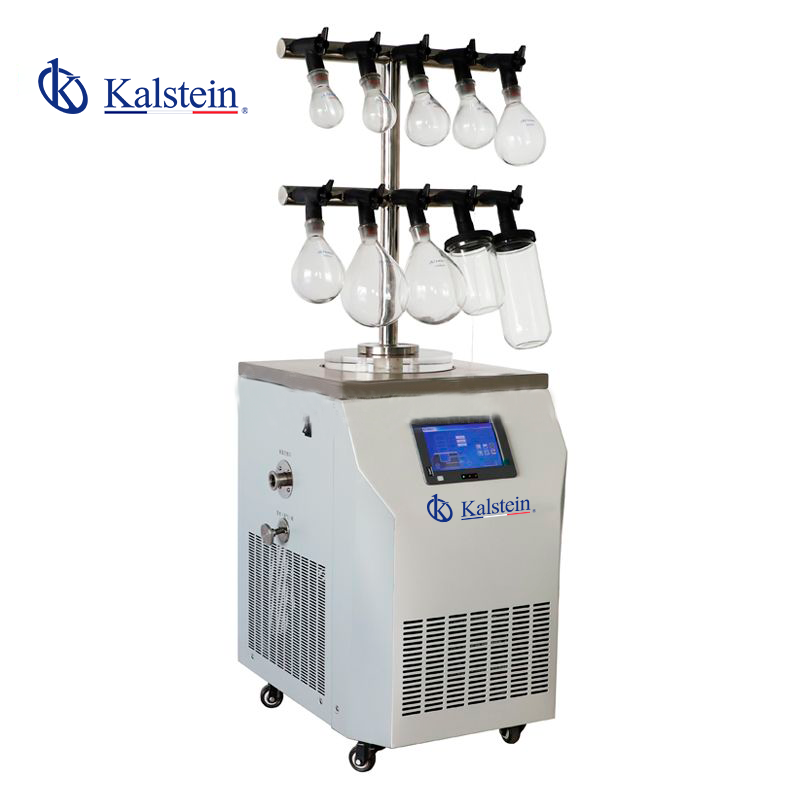
Freeze Dryer, Brand Kalstein As someone who has extensively used laboratory equipment, there’s a particular brand that truly stands out when it comes to freeze dryers: Kalstein. This company has made a name for itself in providing high-quality, efficient, and reliable laboratory instruments, and their freeze dryers are no exception. In the world of preserving […]
The Ultimate Guide to Veterinary Grooming Clippers: Kalstein’s Top Choice
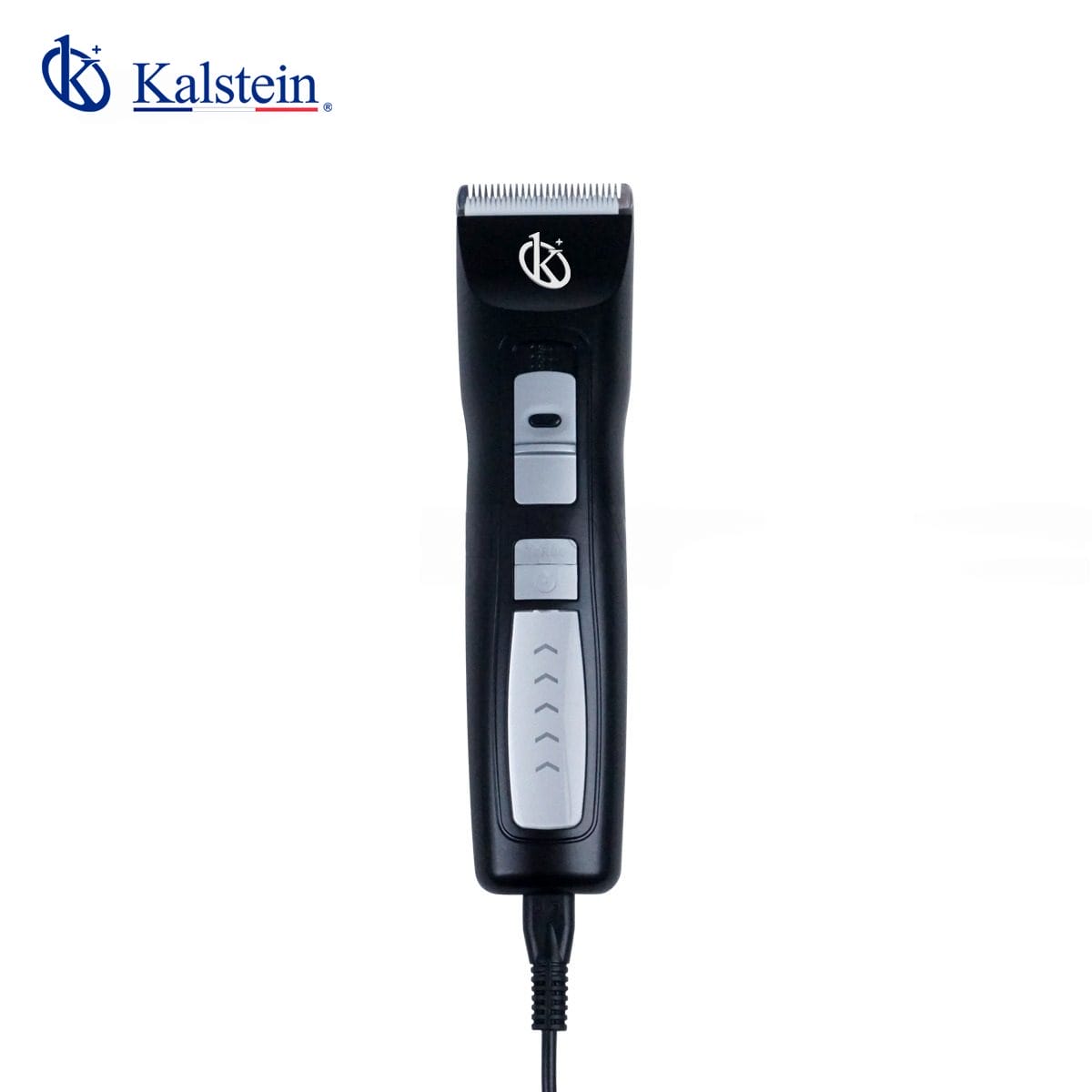
Veterinary Grooming Clipper by Kalstein When it comes to caring for our beloved animals, grooming is an essential part of maintaining their health and happiness. The Veterinary Grooming Clipper from Kalstein has become a standout choice for veterinarians and pet professionals worldwide. With a reputation for excellence and reliability, this clipper offers the perfect blend […]
Discover the Revolution in Renal Health: A Closer Look at Hemodialysis Machines by Kalstein
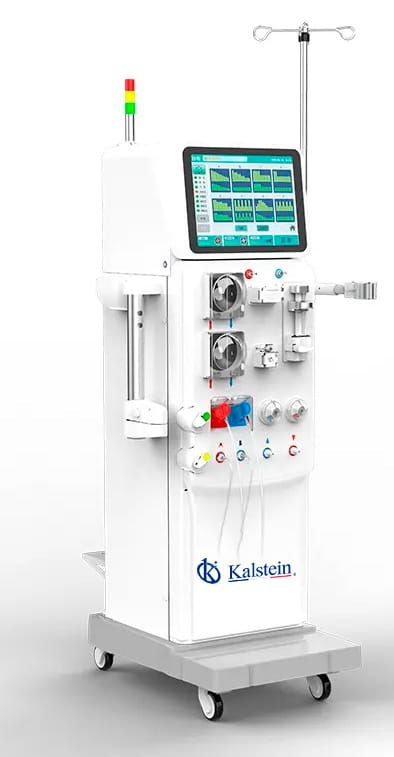
Hemodialysis Machines, Brand Kalstein When it comes to innovations in medical technology, Kalstein is a name that resonates with reliability and excellence. Having embedded itself in the healthcare industry with an array of high-quality products, their line of Hemodialysis Machines stands out as a testament to their commitment to advancing patient care. These machines are […]
The Art of Tissue Processing: Unveiling the Power of Precision by Kalstein
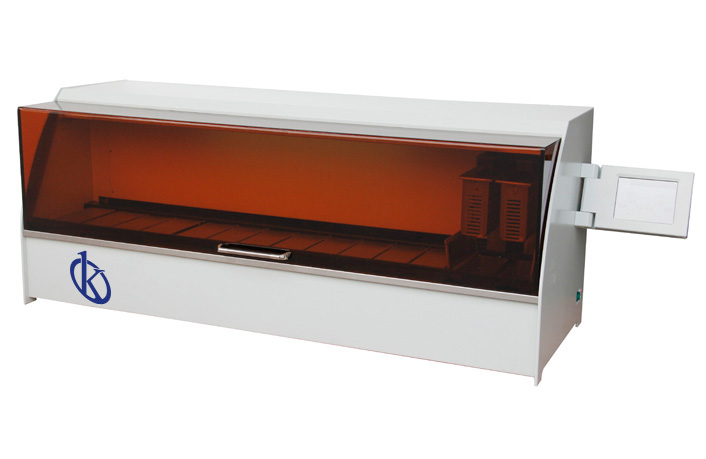
Tissue Processing: The Kalstein Brand Difference When it comes to the meticulous and essential task of tissue processing in laboratories, Kalstein stands out as a remarkable leader. Known for providing cutting-edge medical and laboratory equipment, Kalstein has cemented its place in the field of pathological anatomy with its advanced tissue processing systems. These systems are […]
Comparative Analysis of Kalstein’s Hydrogen Peroxide Low Temperature Plasma Sterilizer vs. Johnson & Johnson’s Sterrad NX Sterilizer
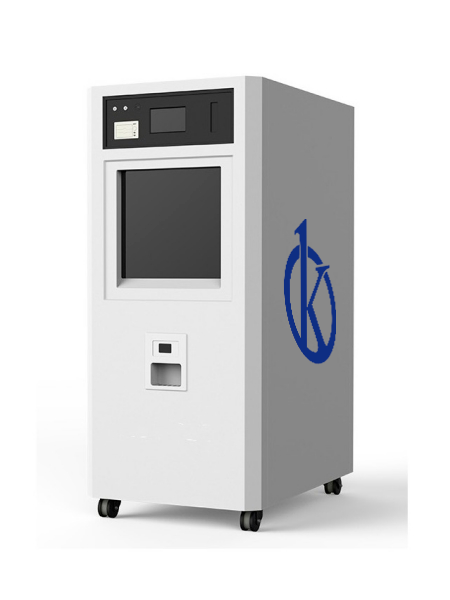
When it comes to sterilization equipment in the healthcare sector, two prominent options stand out: the Hydrogen Peroxide Low Temperature Plasma Sterilizer YR05747 // YR05753 from Kalstein and the Sterrad NX Sterilizer from Johnson & Johnson. Each has unique features leveraging cutting-edge technology to ensure effective sterilization processes. The Hydrogen Peroxide Low Temperature Plasma Sterilizer […]
Comparative Analysis of High-Definition Veterinary Video Endoscope YR06145//YR06150 and VetVu Video Endoscope System
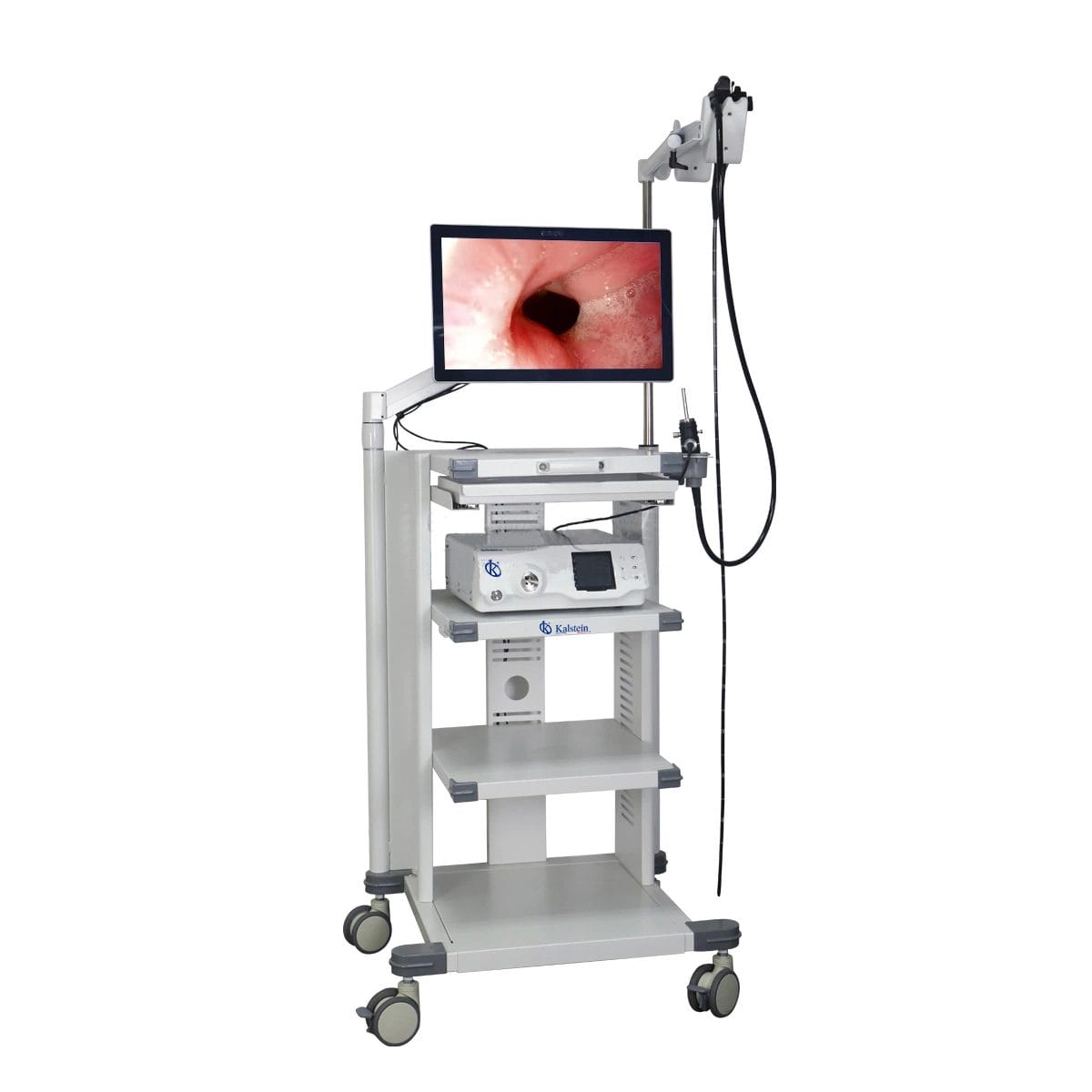
The High-Definition Veterinary Video Endoscope YR06145//YR06150 by Kalstein and the VetVu Video Endoscope System by Optomed stand as two leading products in the field of veterinary endoscopy. They are essential tools for veterinarians seeking precise diagnostic capabilities to ensure optimal animal health care. Renowned in the market for their quality and functionality, both devices cater […]
Exploring the World of Veterinary Anesthesia Machines: A Comprehensive Guide
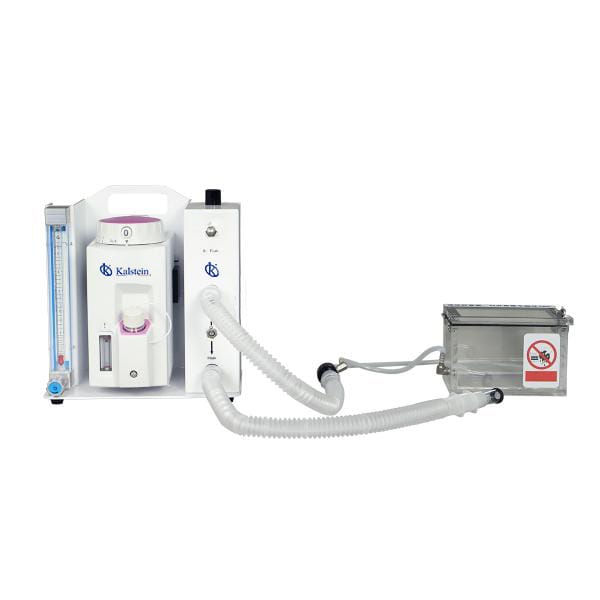
Veterinary Anesthesia Machine, Brand Kalstein When it comes to veterinary anesthesia machines, Kalstein’s offerings are renowned for their innovation and reliability. With a firm commitment to exceptional engineering, Kalstein has firmly established itself as a leader in the veterinary equipment sector. These machines are meticulously designed to ensure that veterinarians can deliver safe and effective […]
The Ultimate Guide to Infant Radiant Warmers: Caring for Newborns with Kalstein
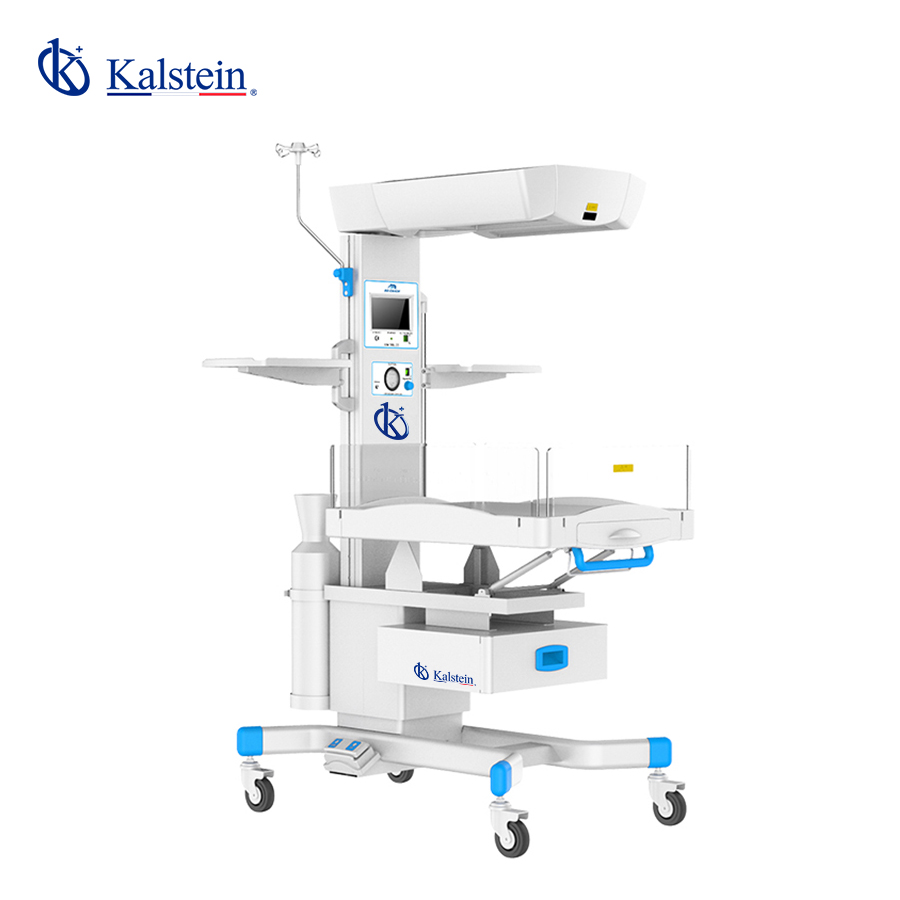
Infant Radiant Warner, Brand Kalstein When it comes to ensuring the warmth and safety of newborns, few devices play a more crucial role than the Infant Radiant Warmer. At Kalstein, we have committed ourselves to design and offer equipment that stands out for its quality and efficiency. Our Infant Radiant Warmers are a testament to […]
